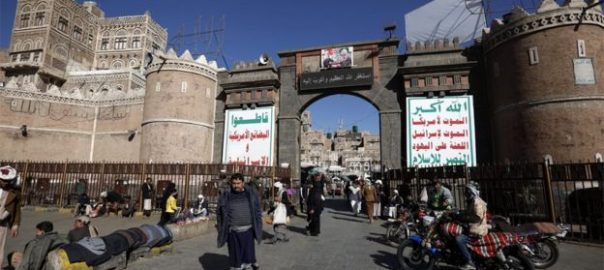February 2020. Peals of laughter bounced off the bright yellow walls of an inflatable castle, and the click-clack of children playing air hockey pierced the air. Thirteen-year old Raghad pushed the plastic puck with all the strength she could muster from her delicate frame. The hint of a smile peeked from her protective face mask. “She’s always been the smartest girl in her class,” her father Abdullah proudly informed me as we sat in the garden of a Sanaa hotel where their family and dozens of others have waited months for a long-promised UN flight to get medical care abroad. “Her health became worse and worse while we waited here,” he said with frustration. “Doctors here don’t have the capabilities to treat her.” “I love her,” Abdullah sighed, his voice breaking mid-sentence. “When she grows up she wants to be a doctor to specialise in orthopaedics to help children just like her.” Raghad, who is suffering from cancer, is on a short list of 30 patients set to fly out of Sanaa International Airport as part of this medical air bridge for civilians suffering from conditions that cannot be treated inside Yemen. A small UN plane carrying the first seven patients left on Monday. It is a small but significant crack in a more than three-year-long blockade of civilian flights by a Saudi-led coalition backing Yemen’s government in its war with the rebel Houthi movement. If all goes as planned, a series of flights, carrying patients and their caregivers, will leave for Amman and Cairo this month. “It’s a major breakthrough,” said Lise Grande, the UN’s resident humanitarian co-ordinator. “It’s taken two years of intensive discussions, asking the parties to agree on the modalities.” “It shows that people really do care what happens to Yemenis, they care,” she explained when we meet in a heavily guarded UN compound in Sanaa, which is controlled by the Houthis. It also shows how the littlest and most vulnerable are caught in the poisonous webs spun by a merciless war lurching towards its fifth year.
Feb 2020. Medical Rescue in Yemen
